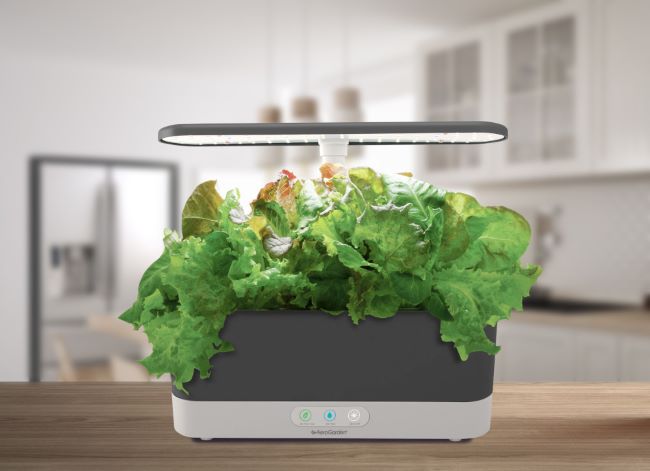So you’ve been growing lettuce in your Aerogarden and now it’s time to harvest your homegrown greens. In this ultimate guide, we’ll walk you through the step-by-step process of harvesting lettuce from your Aerogarden, ensuring that your efforts in growing and caring for your plants pay off with a bountiful and tasty yield. From identifying the right time to harvest to using proper cutting techniques, we’ll equip you with the knowledge and tips you need to enjoy fresh, delicious lettuce straight from your own indoor garden. Let’s get started!
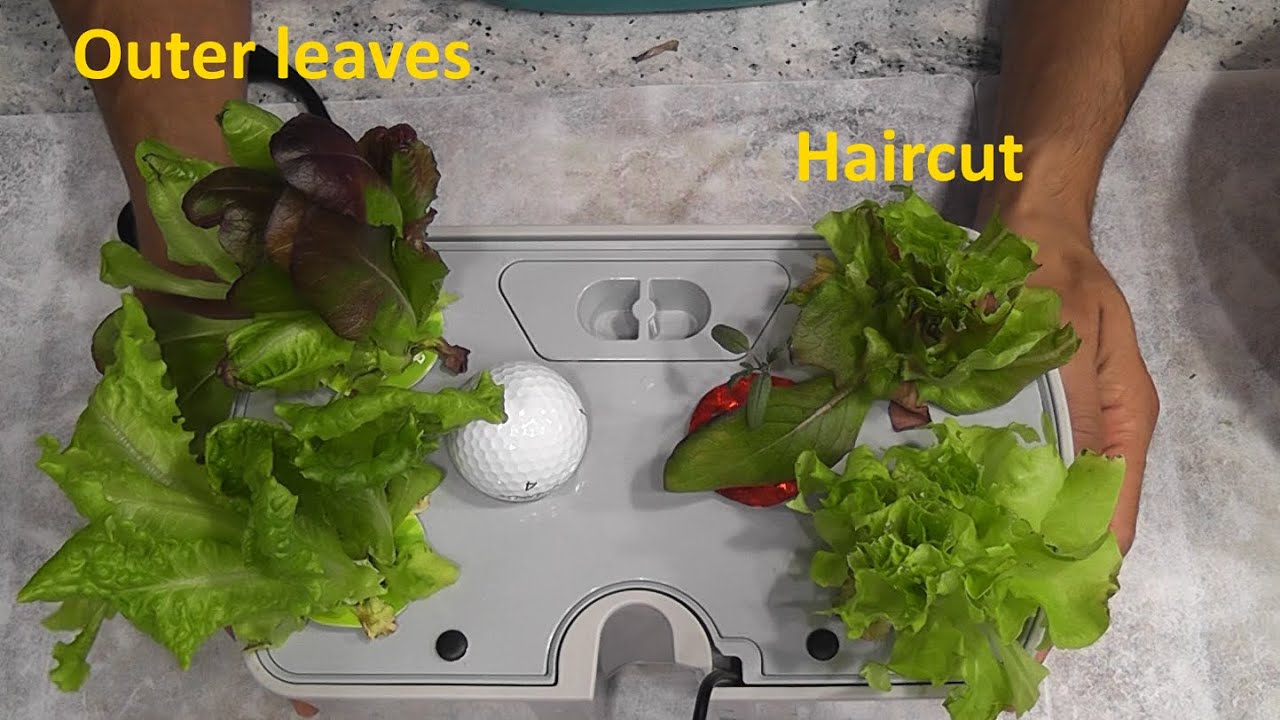
Preparing for Harvest
Before you can start reaping the rewards of your Aerogarden lettuce, there are a few key steps you need to take in order to ensure a successful harvest.
Choose the right time to harvest
Timing is crucial when it comes to harvesting lettuce. You want to wait until the leaves are mature and at their peak flavor. Leaf lettuce can be harvested when the outer leaves are large and full, while head lettuce should be harvested when the head feels firm and compact. Take note of the suggested harvest time for the specific lettuce varieties you are growing.
Gather necessary tools and supplies
To harvest your lettuce, you’ll need a few basic tools and supplies. The most important tool is a sharp pair of scissors or garden shears. This will allow you to cleanly cut the lettuce leaves without causing damage to the plant. Additionally, have a clean container or basket on hand to collect the harvested lettuce.
Inspect the lettuce plants for readiness
Before you begin the harvest, it’s essential to inspect your lettuce plants to ensure they are ready for picking. Look for signs of maturity such as the size and color of the leaves. For leaf lettuce, the outer leaves should be large and full, while head lettuce should have a firm and compact head. Avoid harvesting lettuce that appears underdeveloped or shows signs of disease or damage.
Harvesting Lettuce
Now that you’ve prepared for the harvest, it’s time to dive into the exciting process of picking your lettuce.
Harvesting leaf lettuce
For leaf lettuce, the method is quite simple. Start by selecting the outer leaves that are fully developed and vibrant in color. Using your scissors or shears, cut the leaves at the base, close to the crown of the plant. Be careful not to cut off too many leaves at once, as this can put stress on the plant. Remember, the goal is to harvest in moderation to allow for continuous growth.
Harvesting head lettuce
Harvesting head lettuce requires a different approach. When the head feels firm and compact, it’s time to harvest. Gently grasp the head of lettuce near its base and use a clean, sharp knife to cut it cleanly from the stem. Be mindful not to damage any of the surrounding leaves or the stem itself.
Harvesting selectively
If you have a variety of lettuce types growing in your Aerogarden, you can choose to harvest selectively. This allows you to pick and choose individual leaves from different plants at different stages of growth. By doing so, you can create a diverse and visually appealing salad or dish with a range of flavors and textures.
Harvesting multiple varieties
If you have multiple varieties of lettuce growing in your Aerogarden, you can experiment with harvesting them at different times. This allows you to experience the unique flavors and characteristics of each variety. Be sure to take note of the recommended harvest time for each variety, as it may vary.
.jpg)
Post-Harvest Care
Proper post-harvest care is crucial to maintaining the freshness and flavor of your harvested lettuce.
Clean the harvested lettuce leaves
As soon as you’ve harvested your lettuce, it’s important to clean the leaves properly. Remove any dirt or debris by gently rinsing the leaves under cool running water. Be sure to handle the leaves delicately to prevent bruising or damage. If desired, you can also soak the leaves in a bowl of cold water for a few minutes to ensure thorough cleaning.
Store the lettuce properly
To extend the shelf life of your harvested lettuce, it’s essential to store it properly. After washing and drying the leaves, place them in a clean, airtight container or a plastic bag lined with a paper towel. This will help maintain the freshness and prevent wilting. Store the lettuce in the refrigerator and use it within a few days for optimal flavor.
Utilize harvested lettuce promptly
Lettuce is best enjoyed when it’s fresh and crisp. To fully appreciate the flavors and textures of your harvested lettuce, it’s best to utilize it promptly. Incorporate it into your meals as soon as possible, whether that’s in salads, sandwiches, wraps, or even as a garnish. Experiment with different recipes and dishes to make the most of your bountiful harvest.
Trimming and Pruning Techniques
Sometimes, your lettuce plants may require some pruning and trimming to ensure healthy growth and continued productivity.
Trim damaged or diseased leaves
Regularly inspect your lettuce plants for any damaged or diseased leaves. These can be pruned off using your scissors or shears. Removing these leaves not only improves the appearance of the plant but also prevents the spread of disease and allows the plant to focus its energy on producing healthy new leaves.
Prune for continuous growth
To encourage continuous growth, you can prune your lettuce plants by selectively removing outer leaves while leaving the inner leaves intact. This method allows the plant to keep producing new leaves and ensures a steady supply of fresh lettuce.
Trimming techniques for head lettuce
When it comes to head lettuce, trimming techniques are slightly different. To promote continuous growth, instead of fully harvesting the entire head, you can remove the mature, outer leaves while leaving the center intact. This way, the head continues to grow, and you can harvest more lettuce over time.
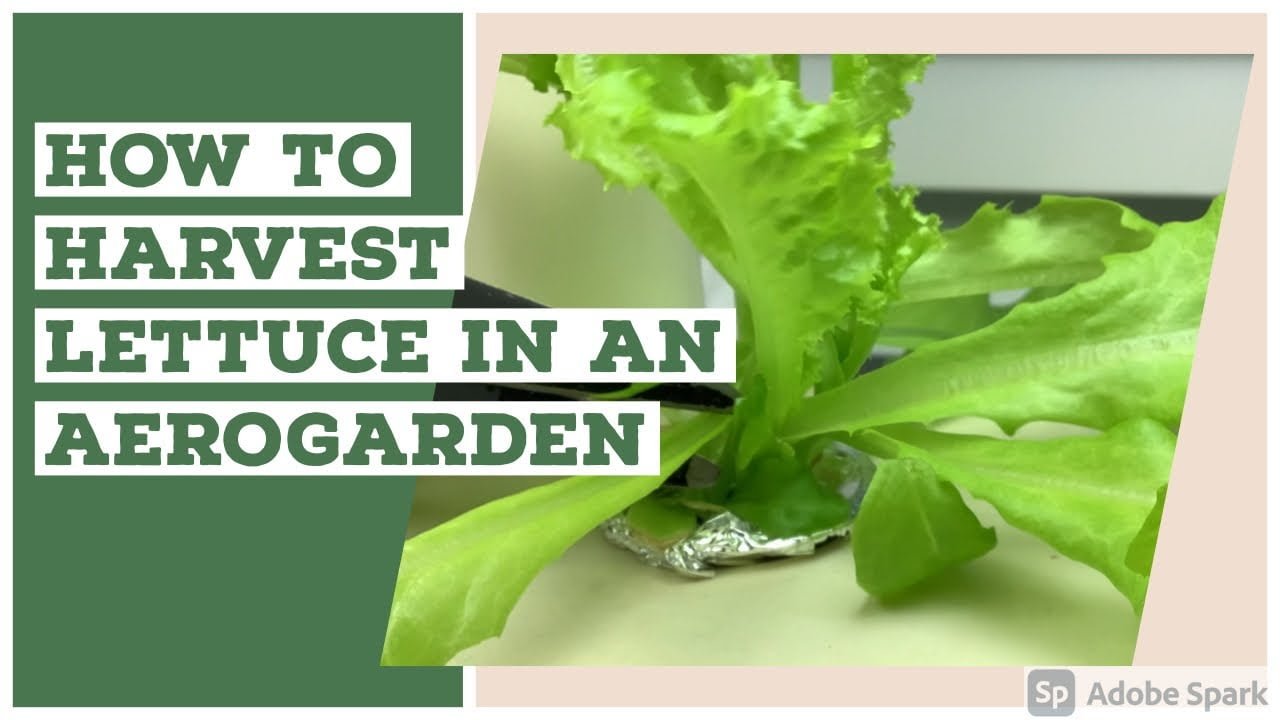
Handling Bolting Lettuce
Bolting is a natural process in lettuce where the plants start to focus on producing flowers and seeds instead of leaves. It can affect the quality and taste of the lettuce, so it’s important to handle bolting lettuce appropriately.
Identify signs of bolting in lettuce
To minimize the impact of bolting, it’s crucial to identify the signs early on. Look for the appearance of tall, elongated flower stalks, small buds forming at the center of the plant, and a bitter taste in the leaves. These are indications that your lettuce is bolting and it’s time to take action.
Minimize bolting with proper care
While bolting can be challenging to prevent entirely, there are measures you can take to minimize its occurrence. Providing consistent temperature and moisture levels, providing sufficient light, and avoiding overcrowding can all help reduce the likelihood of bolting in your lettuce plants.
Harvesting bolted lettuce
If your lettuce has bolted, it’s not all lost. You can still salvage the lettuce by quickly harvesting the leaves. They may be slightly bitter, but they can still be used in cooking, soups, or even juicing. Harvest the leaves promptly to prevent the bolted lettuce from becoming too tough and inedible.
Harvesting Tips and Tricks
To make the most of your lettuce harvest and ensure a more extended harvest period, consider implementing these helpful tips and tricks.
Harvesting gradually for an extended harvest period
Rather than harvesting all your lettuce at once, consider harvesting gradually. This allows you to enjoy fresh lettuce over a more extended period. By selectively picking the mature leaves and leaving the younger ones to grow, you can enjoy a continuous supply of lettuce.
Harvesting outer leaves for leaf lettuce
When harvesting leaf lettuce, focus on the outer leaves first. These leaves are the oldest and generally the largest, making them ideal for picking. Harvesting the outer leaves encourages the plant to keep producing new leaves from the center, prolonging your harvest.
Harvesting the entire plant for head lettuce
For head lettuce, the entire plant is typically harvested at once. When the head feels firm and compact, it’s a good indication that the lettuce is ready for harvest. Carefully cut the head from the stem, and you’ll have a beautiful, full head of lettuce ready to enjoy.
Harvesting while leaving some leaves for regrowth
To sustain a continuous harvest, consider leaving a few inner leaves of the lettuce intact when harvesting. This allows the plant to regenerate and produce new leaves for future harvests. Leave behind the center growth and a couple of inner leaves to ensure your lettuce plants continue to thrive.
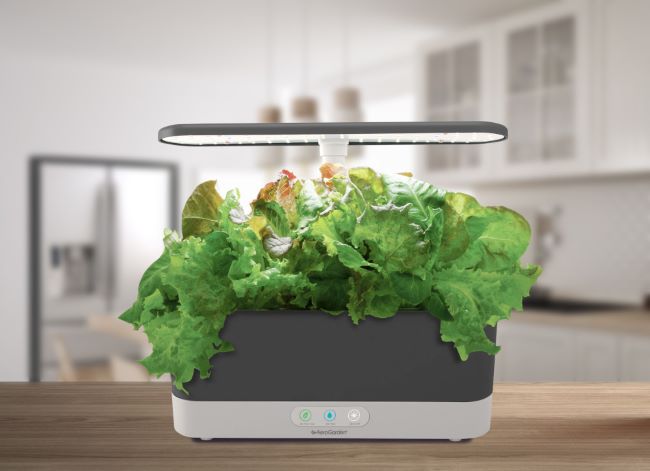
Using Harvested Lettuce
Now that you have a bountiful harvest of fresh lettuce, the next step is to put it to good use in your kitchen.
Washing and preparing lettuce for consumption
Before using your harvested lettuce, it’s crucial to give it a thorough wash to remove any dirt or debris. Gently rinse the leaves under cool running water, and if desired, soak them briefly in a bowl of cold water to ensure they are clean. Once washed, pat the leaves dry with a clean towel or use a salad spinner to remove excess moisture.
Creative recipe ideas for using harvested lettuce
There are endless possibilities when it comes to using harvested lettuce in your meals. Of course, salads are a classic choice, but you can also use lettuce leaves as a wrap for sandwiches, tacos, or burgers. Add a refreshing crunch to your stir-fries or use leaves as a bed for grilled meats or seafood. Get creative and experiment with different flavor combinations to make the most of your fresh harvest.
Preserving lettuce through freezing or drying
If you find yourself with an abundance of lettuce and are unable to use it all before it starts to wilt, you can preserve it through freezing or drying. While this may not maintain the crispness of fresh lettuce, it can still be a valuable way to enjoy your harvest for longer periods. Blanching and freezing the lettuce leaves or drying them in a dehydrator are methods you can use to extend the lifespan of your lettuce.
Troubleshooting Common Issues
Growing lettuce in an Aerogarden is generally a straightforward process, but like any gardening endeavor, challenges may arise.
Pest and insect management
Keep an eye out for common pests that can affect lettuce, such as aphids, slugs, and snails. Regularly inspect your plants for any signs of damage or infestation, and take appropriate measures to control and manage pests. Consider using organic pest control methods or consult a gardening expert for advice on managing specific pests.
Disease prevention and control
Lettuce can be susceptible to various diseases, including fungal infections and bacterial rot. To prevent disease, ensure proper airflow and ventilation around your lettuce plants. Avoid overcrowding and excess moisture, as these conditions can promote the growth of diseases. If you notice any signs of disease, promptly remove and dispose of affected plants to prevent the spread.
Nutrient deficiency or excess
Pay attention to the nutrient levels in your Aerogarden to prevent nutrient deficiencies or excesses in your lettuce plants. Follow the guidelines provided for the specific nutrients required by lettuce and monitor the color and health of the leaves. Adjust the nutrient levels accordingly to ensure healthy growth and optimal flavor.
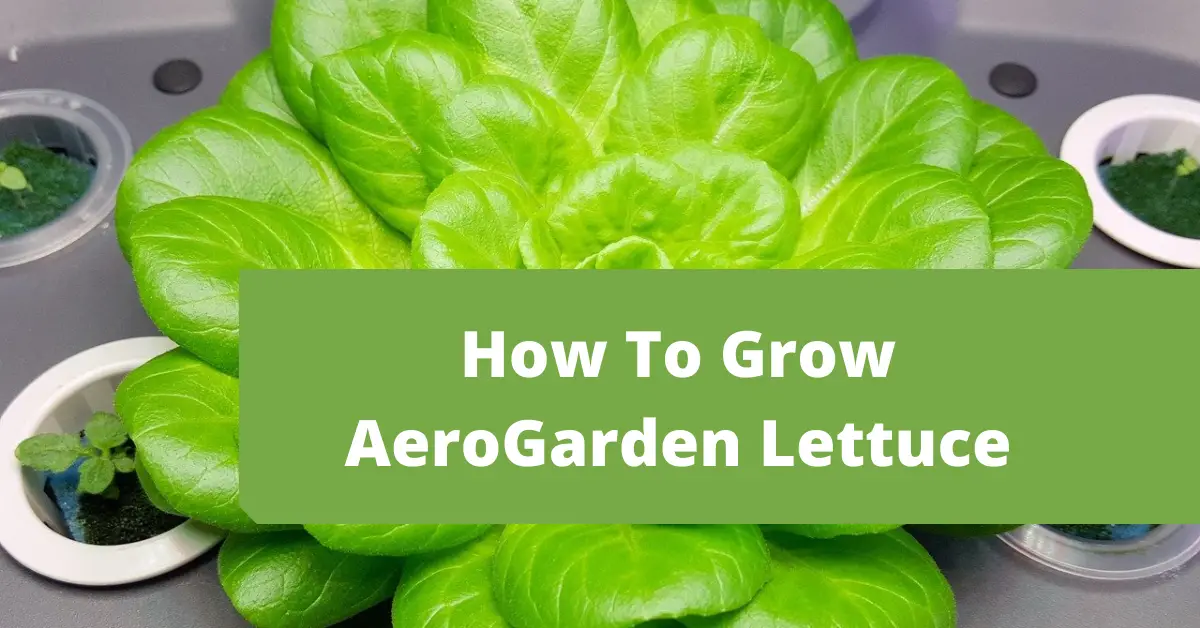
Maintaining Your Aerogarden
To ensure the long-term success of your Aerogarden and continue enjoying fresh lettuce harvests, it’s essential to properly maintain the system.
Cleaning and sanitizing the system
Regularly clean and sanitize your Aerogarden to prevent the buildup of algae, bacteria, and other contaminants. Follow the manufacturer’s instructions for cleaning the reservoir, pump, and other components. Ensure that the growing cups or pods are thoroughly cleaned between each planting to avoid any potential disease or contamination issues.
Replacing or replenishing nutrients
Monitor the nutrient levels in your Aerogarden regularly and replenish them as needed. Depending on the growth stage and plant requirements, you may need to replace the nutrient solution entirely or add specific nutrients to maintain optimal growth. Follow the instructions provided with your Aerogarden system to ensure you are providing the necessary nutrients for your lettuce plants.
Ensuring proper lighting and temperature
Lettuce thrives in cooler temperatures and requires adequate light to grow successfully. Ensure that your Aerogarden is placed in an area with the appropriate temperature range for lettuce growth. Additionally, check the lighting system and ensure that it provides the necessary intensity and spectrum for healthy plant development. Adjust the lighting duration and height as needed for optimal results.
Conclusion and Final Thoughts
Harvesting lettuce from your Aerogarden is an incredibly rewarding experience. By following the steps outlined in this guide, you can enjoy a bountiful, fresh, and delicious harvest. Remember to choose the right time to harvest, gather the necessary tools, and inspect your lettuce plants for readiness. Use proper harvesting techniques, take care of your lettuce post-harvest, and make the most of your harvest in various culinary creations. Monitor and address any issues that may arise, and always maintain your Aerogarden to ensure its longevity. Happy harvesting and enjoy the fruits (or in this case, the leaves) of your labor!
